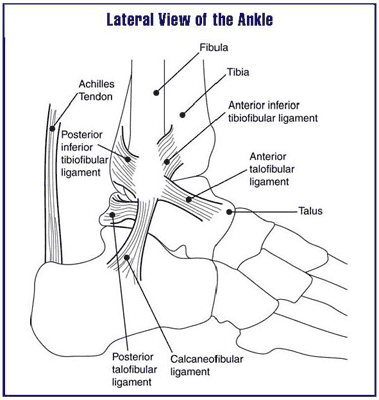Plantar fasciitis continues to be the #1 thing we treat at the Washington Heel Pain Center. We specialize in the most advanced treatments available to cure plantar fasciitis including plantar fasciitis that has been going on for months or years. We have seen thousands of patients with extreme heel pain that have seen other doctors and continued to have pain regardless of treatment.
Plantar fasciitis can be present for multiple reasons, with the number one cause being overuse of the plantar fascia. We understand the pain and discomfort that can be caused from plantar fasciitis and find our treatment methods and protocols to be highly successful and very quick to making our patient’s pain-free. We have very high conservative success rates and provide ourselves on having state of the art procedures and evidence medicine available.
Don’t let plantar fasciitis ruin your summer get out there and enjoy the Pacific Northwest. If you have heel pain, pain in the morning, pain at the end of the day or plantar fasciitis and living Issaquah, Bellevue, Redmond, Kirkland, Maple Valley or Seattle call us 425-880-9552 or contact us online.









.jpg)


.png)
.png)




